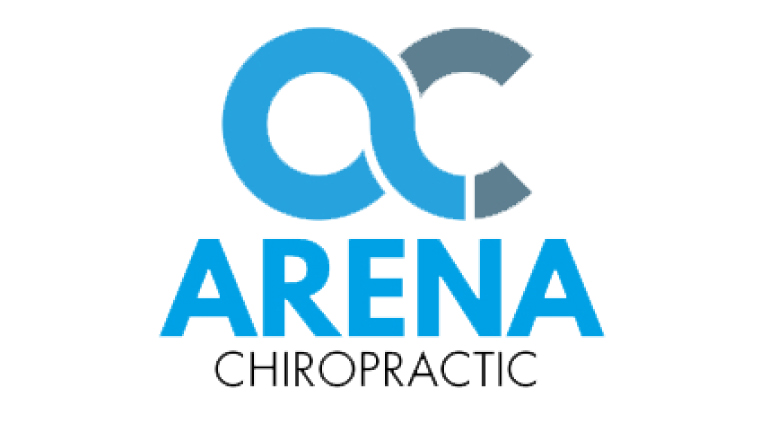Plato’s Ideas were perfect templates, of which everything we perceive are tangible representations. But the Ideas were not to be found in the world around us. Rather, they were conceptions of rational thought, transcendental objects of knowledge existing in a realm beyond our own. And yet, Plato’s Ideas continue to be a source of inspiration and wonder, more than 2400 years after he first described them. These ethereal notions continue to function as critical guideposts, significant markers along our various life journeys, standing for ideal outcomes we are striving for and hope to achieve.
For example, we all have our own ideal image of what physical fitness is supposed to look like. These ideal images may vary from person to person, but each image ultimately derives from a Platonic Idea of physical human beauty, strength, and musculoskeletal proportion. Our conundrum, if we care about health, wellness, and fitness, is how we’re going to go about achieving our ideal. As we proceed along our path to optimal physical fitness, it’s very important to keep in mind that the Idea, as such, is not an actual part of our world. We will fail if we seek to achieve such perfection. A reasonable goal is to do what needs to be done and continue to do our best in all such endeavors.
A primary major access to physical fitness is starting and maintaining a healthy, nutritious diet. Such a diet involves making consistent choices from all of the five food groups, that is, fruits, vegetables, grains, protein foods, and dairy products. Each of us has our own specific preferences, and some of us may have specific requirements, such as being gluten-free or lactose-free, but the requirement for variety and obtaining the nutrition provided by each group remains the same for everyone. Importantly, international health agencies strongly recommend eating five portions of fresh fruits and vegetables every day. In the United States, this recommendation has been termed, “Five to Stay Alive”.
A healthy diet, maintained over months and years, provides across-the-board benefits for fitness and wellness. When combined with a program of regular vigorous exercise, healthy eating results in conversion of unneeded fat to lean muscle mass, weight loss, and an enhanced sense of well-being. Research consistently demonstrates that a healthy diet reduces the risk of high blood pressure, heart attack, and stroke.1 A healthy diet reduces the risk of cancer, diabetes, and obesity.2 Thus, a healthy diet not only helps us achieve our own representation of the Platonic Idea of physical fitness. A healthy diet helps us achieve our own demonstration of other important Platonic Ideas, those of happiness and harmony.3
1Koutsos A, et al: Apples and cardiovascular health–is the gut microbiota a core consideration? Nutrients 7(6):3959-3998, 2015
2Esposito K, et al: A journey into a Mediterranean diet and type 2 diabetes: a systematic review with meta-analyses. BMJ Open 2015 Aug 10;5(8):e008222. doi: 10.1136/bmjopen-2015-008222
3Richard A, et al: Associations between fruit and vegetable consumption and psychological distress: results from a population-based study. BMC Psychiatry 2015 Oct 1;15(1):213. doi: 10.1186/s12888-015-0597-4




